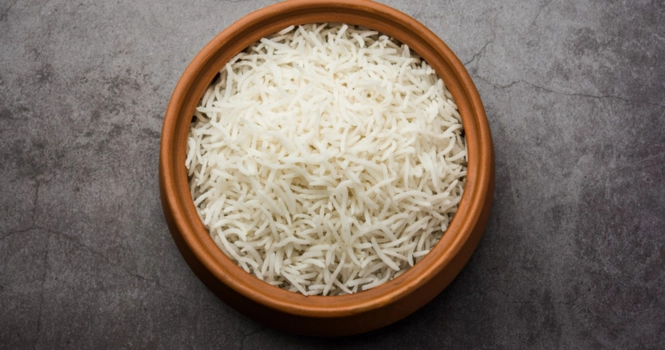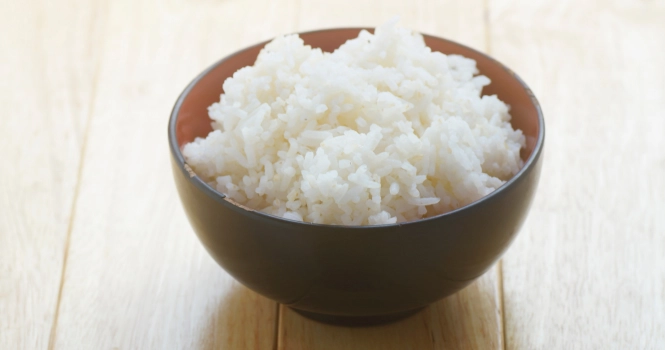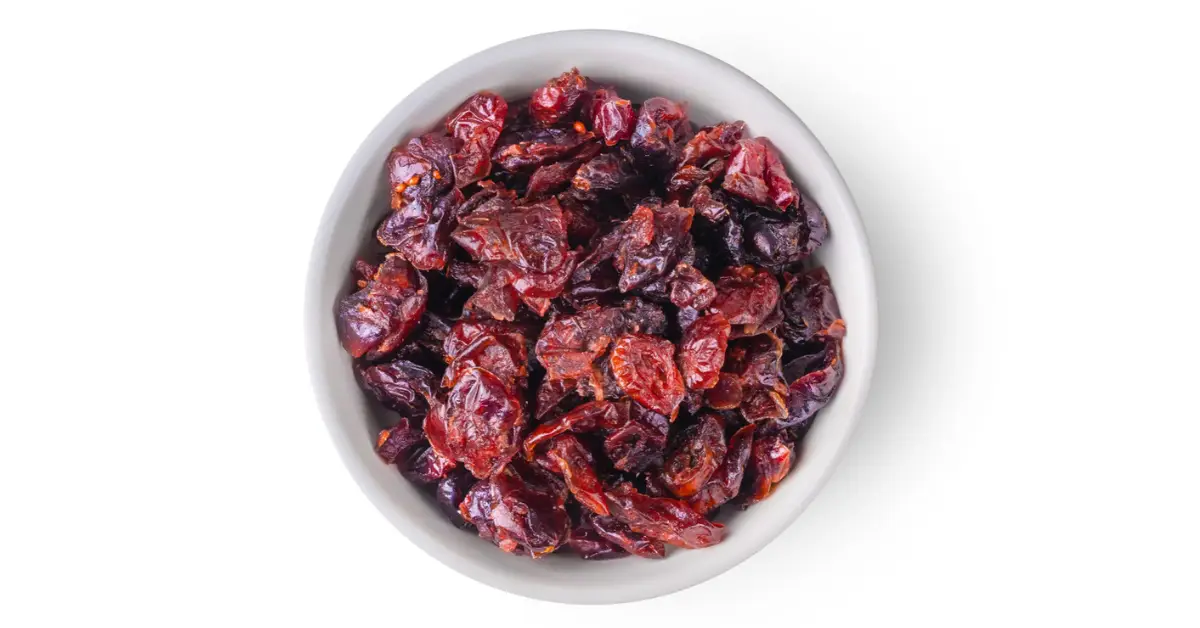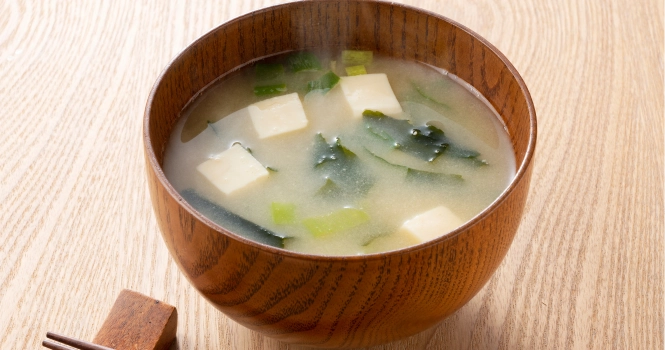Discover the Richness of Arabic Rice: Culinary Treasures from the Middle East

What is Arabic Rice?
Arabic Rice, often referred to as Middle Eastern rice, is a broad term that encompasses various rice dishes popular in Arabic and Middle Eastern cuisine. These dishes are known for their aromatic flavors, rich spices, and unique preparation methods.
Unlike the simpler steamed rice found in other cuisines, Arabic Rice often includes a mix of ingredients such as nuts, dried fruits, herbs, and spices, making it a flavorful and festive component of a meal.
Arabic Rice Dishes
Arabic cuisine boasts a variety of rice dishes, each with its unique blend of flavors, spices, and ingredients. Here’s a list of some popular Arabic rice dishes:
1. Mandi: Originating from Yemen, Mandi is a traditional dish made with rice, meat (usually chicken or lamb), and a mixture of spices, including saffron and turmeric. The meat is cooked in a tandoor to give it a distinctive flavor.
2. Kabsa: A classic Saudi Arabian dish, Kabsa features rice cooked with a variety of spices, tomatoes, and meat such as chicken, lamb, or fish. It’s often garnished with nuts, raisins, and chopped fresh herbs.
3. Mujaddara: A vegetarian dish consisting of cooked lentils mixed with rice and garnished with caramelized onions. It’s a staple in many Middle Eastern countries and is seasoned with cumin and other spices.
4. Biryani: Although more commonly associated with Indian cuisine, Biryani has a significant presence in Arabic cuisine as well, particularly in the Gulf countries. It’s made with fragrant basmati rice, meat, and a complex blend of spices.
5. Maklouba: Translating to “upside down,” Maklouba is a dish where rice, vegetables, and meat are layered and cooked together, then flipped upside down onto a serving platter. It’s popular in Palestine, Jordan, and Syria.
6. Sayadieh: A Lebanese and Syrian dish, Sayadieh is made with rice and fish, typically seasoned with a special blend of spices including cumin and cinnamon, and served with caramelized onions and a tangy tahini or yogurt sauce.
7. Zereshk Polo: Although of Persian origin, Zereshk Polo has been embraced by Arabic cuisine as well. It consists of basmati rice mixed with barberries, which are known for their tart flavor, and is often served with chicken.
8. Fatteh: Common in Levantine cuisine, Fatteh includes layers of rice, crispy flatbread, and various toppings such as chickpeas, yogurt, and pine nuts, depending on the regional variation.
9. Ouzi: A festive dish often served at celebrations, Ouzi features spiced rice, peas, carrots, and meat wrapped in a thin pastry dough and baked. It’s garnished with nuts and sometimes raisins.
These dishes reflect the rich diversity and cultural influences in Arabic cuisine, with each region adding its own touch to traditional recipes.
Where did Arabic rice come from?
Arabic rice dishes have a rich history that intertwines with the agricultural, cultural, and trade developments across the Middle East and surrounding regions.
Rice itself is believed to have originated in Asia, with historical records suggesting its cultivation in China and India thousands of years ago. From Asia, rice spread to the Middle East and North Africa through trade routes, conquests, and cultural exchanges.
The introduction of rice to the Arab world is often attributed to the Persian and Indian influences, particularly through the expansion of the Islamic Caliphates between the 7th and 10th centuries.
The Abbasid Caliphate, with its capital in Baghdad, was a significant center for the transfer of knowledge, culture, and agricultural practices between civilizations. It played a crucial role in introducing and popularizing rice in the region.
As rice cultivation spread across the Middle East, local cuisines began to incorporate rice into traditional dishes, leading to the creation of distinct rice-based meals that reflect the diverse flavors and spices of Arabic cuisine.
The fertile regions, such as the river deltas of Egypt and Iraq, became important areas for rice cultivation, further entrenching rice in the culinary traditions of the Arab world.
Over time, each region adapted rice dishes to its local tastes, ingredients, and culinary traditions, resulting in a wide variety of Arabic rice dishes known today, such as Kabsa, Mandi, and Biryani, among others.
These dishes are celebrated for their rich flavors, aromatic spices, and cultural significance, embodying the diverse history and culinary heritage of the Arabic-speaking world.
Why Does Middle Eastern rice taste so good?
Middle Eastern rice is renowned for its delightful taste, which can be attributed to several key factors that elevate its flavor profile:
1. Aromatic Spices and Herbs: Middle Eastern cuisine is celebrated for its generous use of spices and herbs like cardamom, cinnamon, cumin, saffron, and bay leaves. These spices infuse the rice with rich, complex flavors and enticing aromas that are characteristic of the region’s dishes.
2. Cooking Techniques: The methods used to prepare rice in Middle Eastern recipes, such as sautéing the rice in ghee or oil before adding water, help to enhance its flavor and texture. This technique, known as pilaf or pilau, allows each grain to be coated in fat, preventing clumping and contributing to a more flavorful final product.
3. Use of High-Quality Rice: Middle Eastern cooks often use premium varieties of rice, such as Basmati, which is known for its long, slender grains and fragrant aroma. The choice of rice plays a significant role in the overall taste and quality of the dish.
4. Addition of Nuts and Dried Fruits: Many Middle Eastern rice dishes are garnished with nuts (such as almonds, pine nuts, and pistachios) and dried fruits (like raisins, apricots, and dates). These add a delightful contrast in textures and a sweet, nutty flavor that complements the savory spices.
5. Rich Cooking Stocks and Broths: Instead of cooking rice in plain water, Middle Eastern recipes often call for the use of flavorful stocks or broths, which can include chicken, lamb, or vegetable bases. This imbues the rice with deeper flavors, absorbing the essence of the spices and ingredients used in the broth.
6. Cultural Traditions and Expertise: Centuries of culinary tradition and expertise have refined the preparation of rice dishes in the Middle East. The inherited knowledge and passion for food contribute significantly to the quality and taste of the dishes.
7. Influence of Diverse Cultures: The Middle East’s history as a crossroads of trade and culture has introduced a variety of culinary influences from Asia, Africa, and the Mediterranean. This fusion of flavors has enriched Middle Eastern rice dishes, making them uniquely delicious.
Together, these elements combine to create the distinctive and delicious taste of Middle Eastern rice, making it a beloved staple not only in its native region but around the world.












